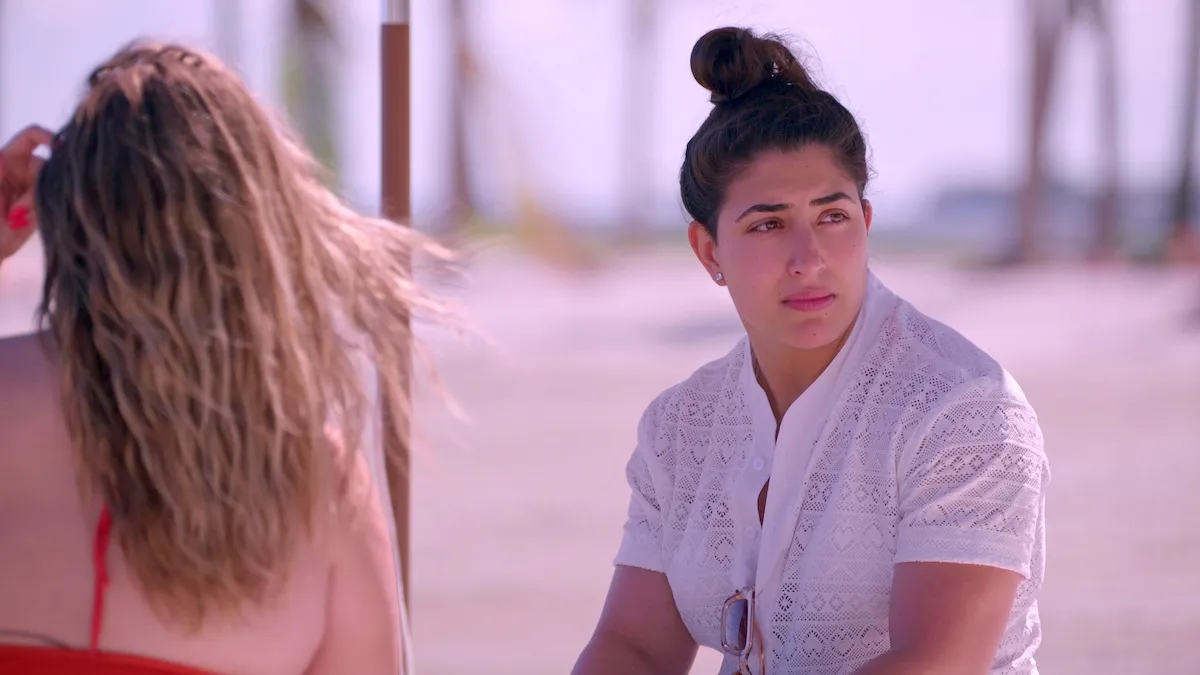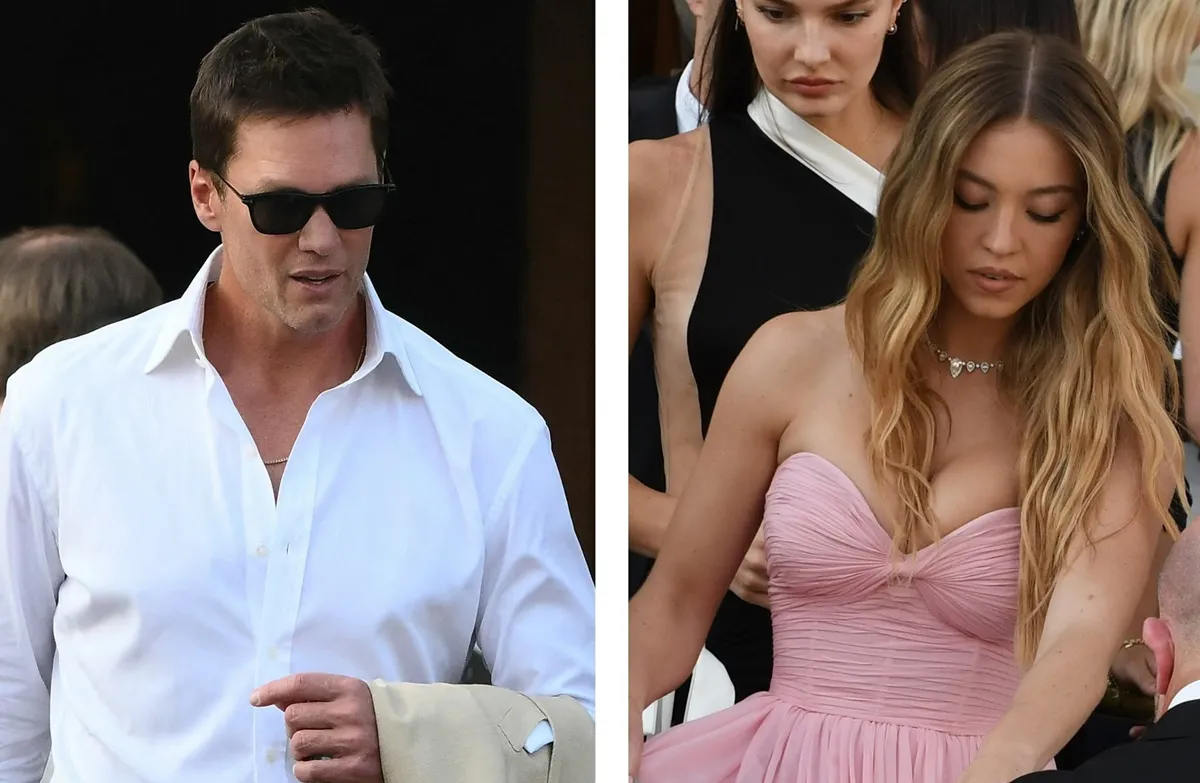
3 ‘Friends’ Storylines That Are Actually Incredibly Controversial Now
Friends didn’t seem like a controversial series way back in the 1990s and early 2000s. The show was beloved mostly because of its light nature. Almost two decades out from the show’s finale, fans are looking at the series in a different light. In fact, viewers who are coming to the show for the first time notice some significant problems. They aren’t wrong, either. When you look back, Friends had some storylines that would be considered incredibly controversial now.
The portrayal of Monica as an overweight teen is incredibly problematic now
Each of the Friends characters had unique and interesting backstories. Phoebe Buffay’s childhood was, by far, the most tragic, while Chandler Bing would argue his childhood was the most traumatic. Ross Geller and Monica Geller had a mostly traditional upbringing. The production team developed a backstory for Monica that, at the time, was supposed to be funny, but today is incredibly cringeworthy.
Monica was an overweight teen, and she was continually fat-shamed during the show’s 10-season run. Joey Tribbiani and Chandler both make jokes about her weight, and Rachel even gets in on it. The fat-shaming jokes would have been bad enough, but the production team made it even worse by placing Courteney Cox, the actor who played Monica, in a fat suit for flashback scenes. Vogue argues that the Friends storyline wasn’t just incredibly controversial but damaging to the show’s younger viewers.
Ross and Elizabeth’s season 6 relationship was cringeworthy
Friends writers dabbled in alternative relationship setups. The show explored the concept of open marriages when Chandler met a woman named Aurora who had an open marriage, and they featured Carole and Susan’s same-sex relationship. Showing different types of relationships in the 1990s was pretty progressive. It would have been great if the writers followed through with that, but instead, they went to relationships with large age gaps. While no one thought much of it in the 1990s, the two major age gap relationships are kind of creepy when you think about them now.

First, Monica dated Dr. Richard Burke, who was more than 20 years older than her. He also happened to be a family friend who had known her since childhood. Later, Ross dated his student, Elizabeth Stevens. Elizabeth wasn’t just substantially younger than Ross. He was her actual professor. Friends writers never bothered to address the relationship’s clear and troubling imbalance of power, making it highly controversial today.
‘Friends’ writers presented Paolo as a cheater instead of a sexual predator
In the early days of Friends, Rachel Green rebounded from her broken engagement to Barry with Paolo, the incredibly gorgeous Italian neighbor. Rachel initially thought her relationship with Paolo would be a fling, but she caught feelings for him. Paolo didn’t consider their relationship to be nearly as serious. While getting a massage from Phoebe, he grabs her and exposes himself to her. In the season 1 episode, writers presented Paolo’s behavior as “cheating” on Rachel. Phoebe even explains the situation to Rachel by saying he made a pass at her.
In the 1990s, the entire situation was glossed over and laughed off. In the end, it was the quickest way to get rid of Paolo. When you look at it now, though, the entire situation is incredibly controversial. Paolo wasn’t just a cheater who was looking to score with his girlfriend’s friend. That would have made him a bad boyfriend. Paolo was a sexual predator. Comparing him to a flasher would be closer to the truth than the mundane infidelity trope.


